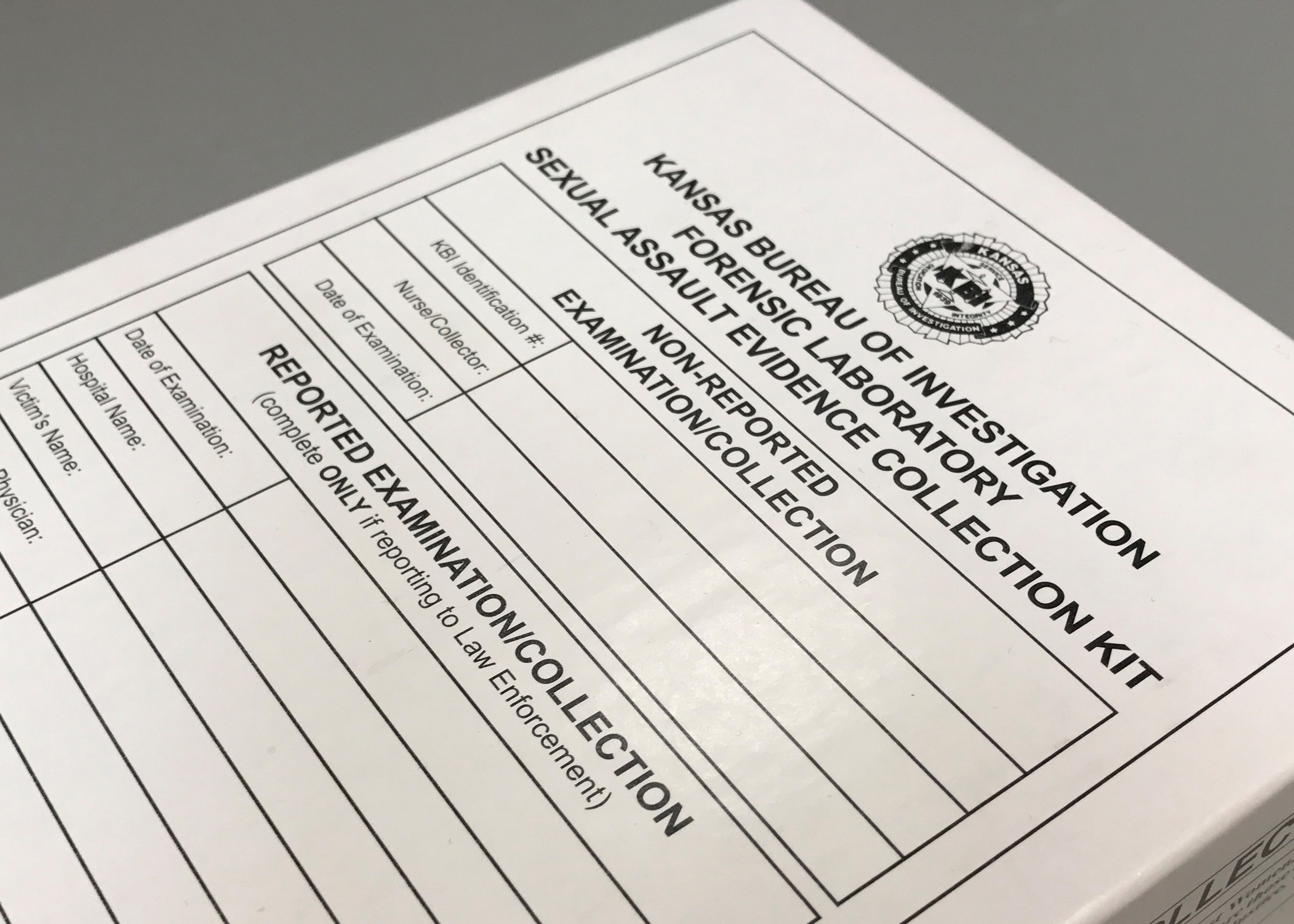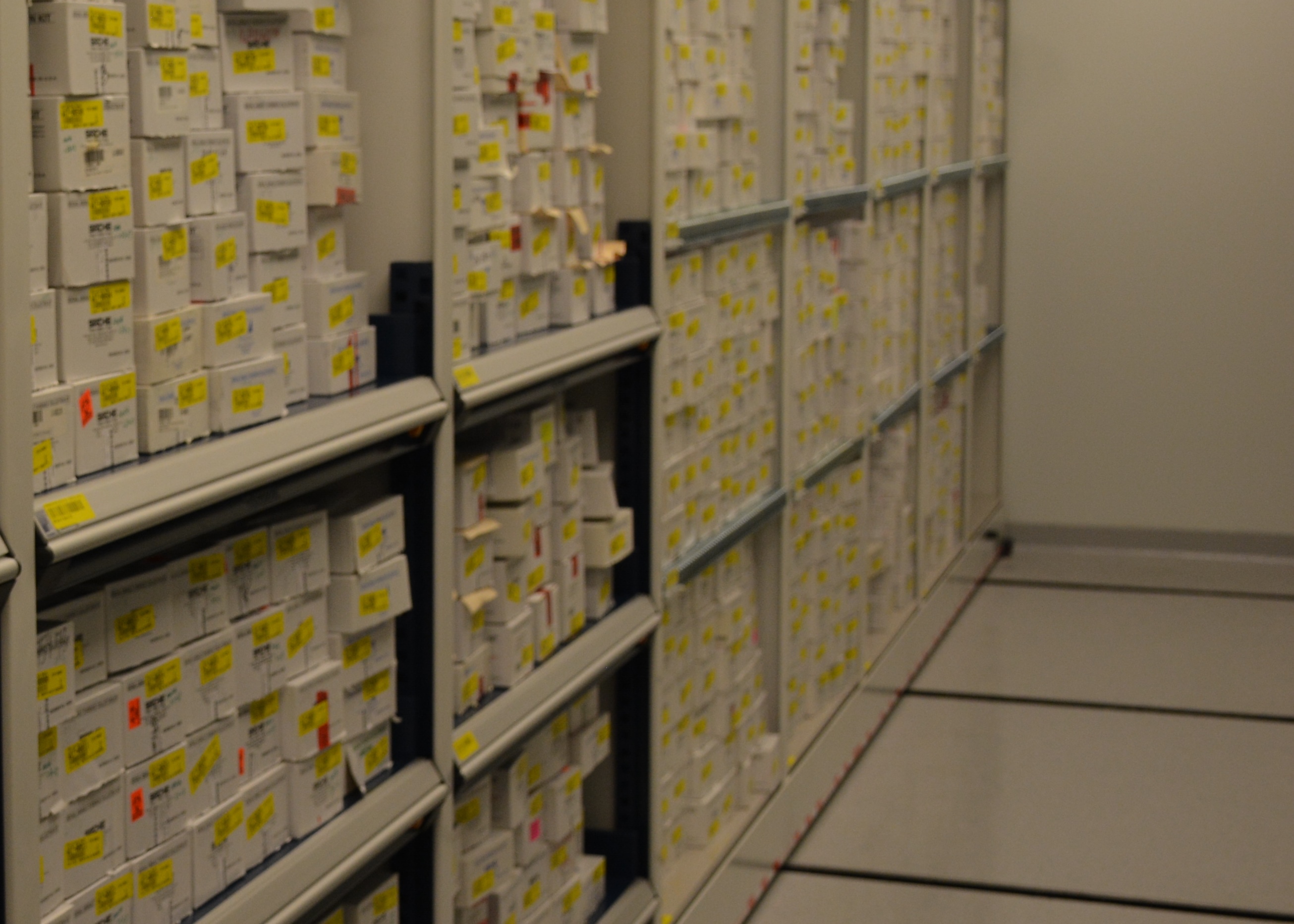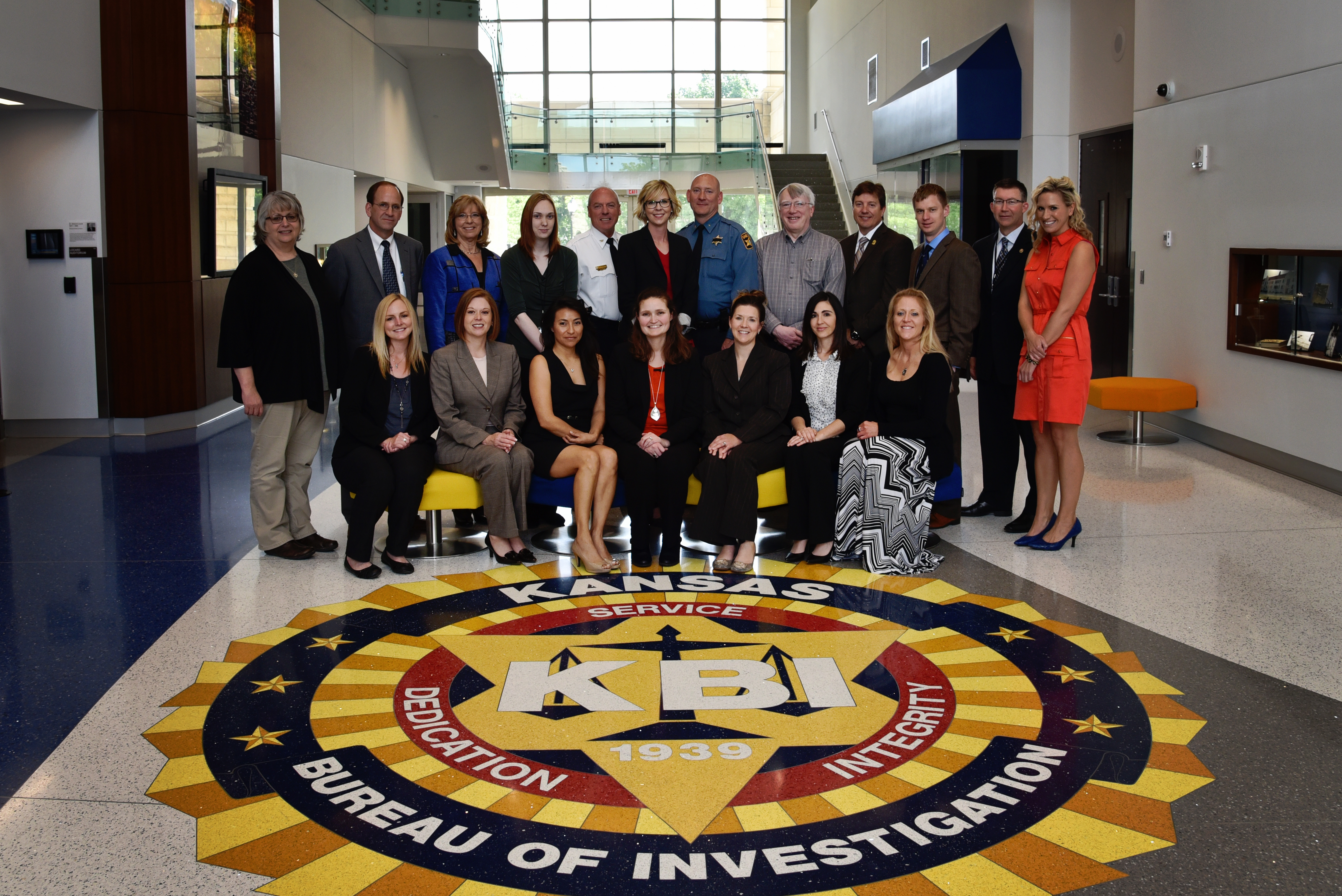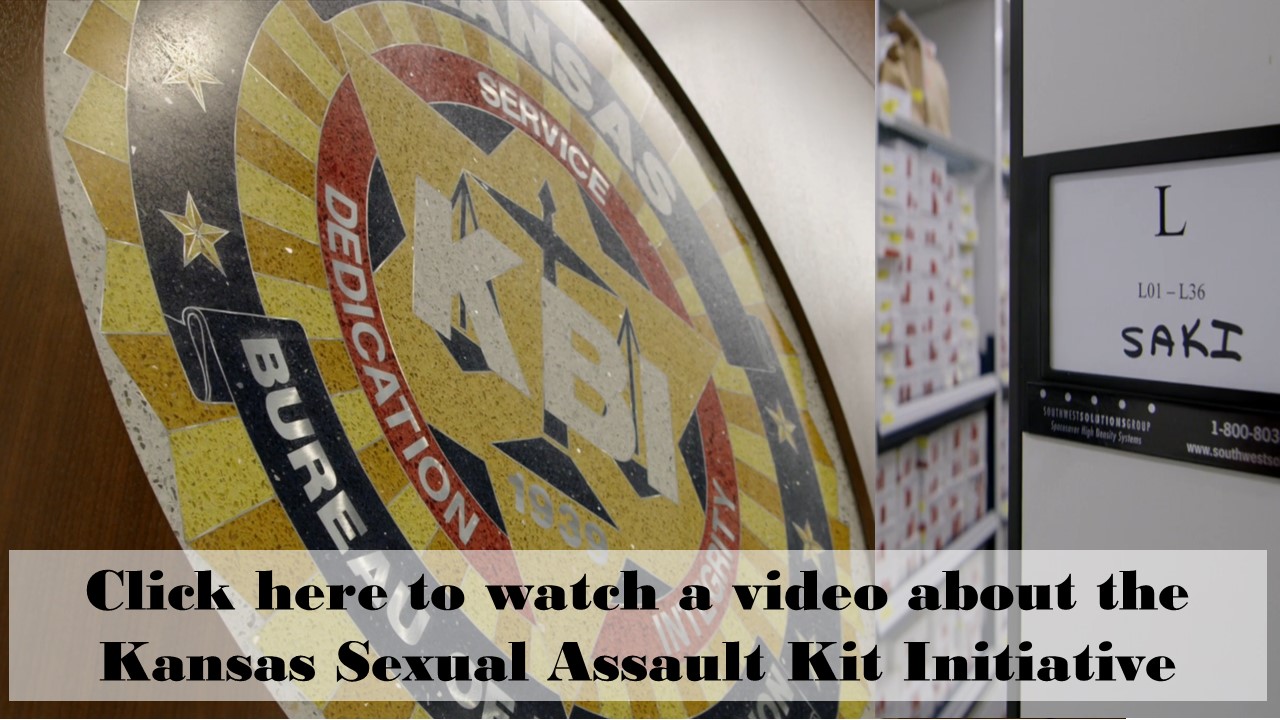Kansas Sexual Assault Kit Initiative


In the fall of 2014, the KBI initiated the Kansas Sexual Assault Kit Initiative (SAKI) and began the process of determining how many unsubmitted Sexual Assault Kits – also known as “rape kits” – had been collected by forensic nurses and turned over to law enforcement, yet, for a variety of reasons, remained in property rooms and were not submitted to a crime laboratory for forensic analysis. In September of 2015, the KBI was awarded a $2 million grant from the U.S. Department of Justice’s Bureau of Justice Assistance to support efforts to reduce the statewide inventory of Sexual Assault Kits.
In addition to trying to determine how many unsubmitted Sexual Assault Kits had accumulated in the state, the KBI convened a statewide multidisciplinary working group to evaluate the underlying factors contributing to the accumulation of this valuable forensic evidence. The group was also tasked with creating evidence-based recommendations and model policy to both address the statewide inventory and prevent a similar accumulation in the future.
As a result of these efforts, over 2,200 previously unsubmitted Sexual Assault Kits were identified throughout the state. The KBI has worked with local law enforcement to have these kits submitted to the laboratory. Much collaboration occurred between Kansas law enforcement, prosecutors, laboratory professionals, victim advocates, and medical professionals in an effort to fully understand the systematic, financial, and legal barriers to Sexual Assault Kit submission and testing. Forensic testing of the kits took several years to complete as forensic scientists worked on testing during overtime status so not to affect the progress of DNA evidence analysis on cases currently moving through the criminal justice system. In March 2021, forensic scientists completed testing on all sexual assault kits related to the SAKI project.
The value of testing the biological evidence often contained in a Sexual Assault Kit, even if the forensic evidence does not improve the chances of prosecution in that particular case, is beginning to be recognized. Research and case experience support the value of collecting and testing this sexual assault evidence. Advances in science and technology can be leveraged to the benefit of these investigations more today than ever before. Cases may be linked together and serial offenders identified. Subsequent sexual assaults may then be prevented.
Kansas Sexual Assault Kit Initiative Documents and Resources
Training Information
Enhancing Coordinated Responses to Sexual Assault Cases within Multidisciplinary Teams Training Announcement
Trauma Informed Sexual Assault Training Announcement
SAKI Findings and Recommendations
Underlying Factors Contributing to the Accumulation of Unsubmitted Sexual Assault Kits in Kansas
KBI Letter Recommending all SAKs be Submitted and Tested
Kansas Model Policy Sexual Assault Evidence Collection Kit Submission Retention Disposal
Kansas Victim Notification Protocol for Delayed CODIS-Hits
Kansas SAKI Guidance for Unfounded Case Coding
SAKI Executive Summaries
Executive Summary 1 - Project Overview
Executive Summary 2 - Cross Section Sample Data
Executive Summary 3 - Criminal History Prioritization
Executive Summary 4 - Forensic Results of Cross Sectional Sample
Executive Summary 5 - Law Enforcement Survey Not Submitting Kits
Executive Summary 6 - Analysis of Medical Exam Paperwork
Executive Summary 7 - Future SAK Submission and Processing
SAKI Final Report
Additional Resources
SAKI Training and Technical Assistance Program
Kansas SAKI Brochure
Kansas SAKI Sex Offender Behavior Brochure
Kansas Model Policy Investigating Sexual Assault
Kansas Sexual Assault Evidence Collection Kit









